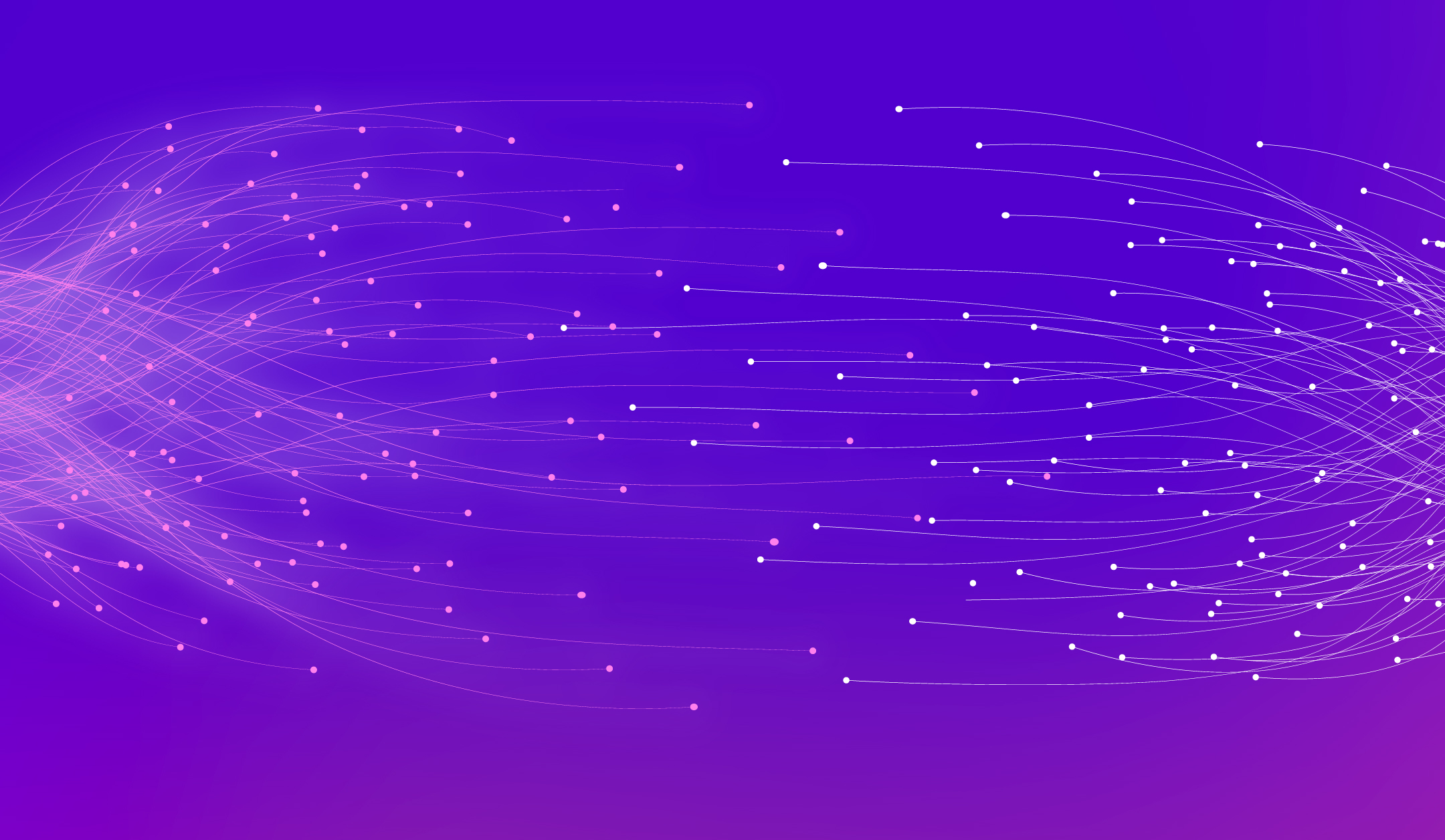Organisations are rethinking their resourcing strategies and driving the shift towards an integrated workforce.
Remember 2024?
A year that a lot of talent acquisition teams have been keen to forget. A challenging year for many, a really tough year for some. A lot of time spent trying to plan strategy in the face of uncertainty and trying to set goals in the face of constant change.
A year where a lot of talent acquisition teams had to find ways to do more with less. Less resource, budget, time and help.
How can we make 2025 better?
The big three challenges in 2025
It is likely that talent acquisition teams, and their suppliers, will continue to face challenges such as uncertainty in the market, skills shortages and political change. It is also very likely that they will continue to overcome those challenges – if 2024 taught teams one lesson, it was how to be resilient, be creative and adapt quickly.
That said, there are some aspects of the changing labour landscape which may deserve special consideration in 2025.
Accelerating technology
AI is already used throughout the recruitment process, so no need here for any great predictions about how AI will change what we do. However, in the current climate of change and uncertainty, talent acquisition teams are likely to have to make some early decisions about how far, and how fast, they want to go. The acceleration of AI continues. But there is no one pace that fits all.
Artificial intelligence (AI) is proving its worth to recruitment teams by providing benefits like efficiency, personalization, and data-informed decision making. Eighty-eight percent of companies globally already use AI in some way for HR, according to SHRM.
‘AI Recruiting in 2025’ – Phenom, Jan 2025
Changing legislation
Changes to employment law are going to challenge talent acquisition teams. Flexible/hybrid working, data privacy and security, worker’s rights and the responsibility for misclassification: it is a changing landscape globally.
Employers continue to navigate return to office mandates, with many opting for a structured hybrid working model to attract and retain talent. Others are leveraging freelancers and contractors and/or increasing global digital jobs – while navigating new laws protecting workers in all forms of work.
‘Global Employment Trends and What’s Ahead’ – DLA Piper, Dec 2024
Shifting workforce demographics
The changing nature of the workforce further adds to the complexity of the workplace. Research shows that the working population is getting older and that careers are lasting longer. At the same time, while many workers are choosing to postpone their retirement, they are also choosing to reduce their hours and work more flexibly. An aging workforce, working fewer hours, with a more flexible mindset, will undoubtedly have implications for recruitment.
Labour supply in developed economies will be significantly affected as people reduce the amount they work and are not replaced through natural population growth.
‘The Labour Supply Crunch’ – Barclays IB, 2023
What does this mean for employees?
As we look to 2025 and beyond, it is likely that employers will need to rethink how they build their future workforce.
Technology will impact on the skills and resource that they need in the business. How will organisations use technology to support employees, improve processes and facilitate better decision-making? How will this impact on their teams, the roles they have and the opportunities that they create for people?
As legislation changes, the costs of recruiting and retaining employees increases – particularly permanent employees. How will talent acquisition teams manage their budgets and continue to meet the resourcing needs of the organisation? Especially when there is continued uncertainty around the possibilities of economic growth and recession?
The changing demographics of the workforce may have a longer-term impact, but they may also push forward-thinking employers to consider what an agile workforce looks like. If more experienced professionals are choosing to work longer into retirement, but commit to fewer hours, how will employers tap into that resource and make the most of that expertise?
The integrated workforce
The only thing that may distinguish one member of your work team from another may be a simple slip of paper — the W-2 form. (Or equivalent wage and tax statement outside the US.) Today’s work gets accomplished by teams of contractors, contingent workers, freelancers, and partners — along with regular employees. There is also another type of worker emerging — the automated worker, designed to augment human labor, and perhaps decision-making.
Contractors, Partners, Employees, Robots:
The Art Of Managing The New Blended Workforce
Forbes, 2022
For many talent acquisition teams, building an integrated workforce will be the key to developing an agile resourcing model that meets the evolving needs of the organisation. The integrated workforce goes beyond simply permanent and contingent hires. It also involves creating a company culture that brings a multi-faceted workforce together, uniting the skills of freelancers, fractional leaders, consultants, contractors, remote workers, hybrid workers, permanent employees and project teams under a single set of values and a clear vision.
It begins with recruitment and resourcing. Identifying the talent that your organisation needs, both in the short and longer term, is the first challenge. Identifying where that talent is in the market, how to reach them and what they aspire to in their career is the next. Then building a consistent hiring model that helps your teams onboard both contingent and permanent hires with an emphasis on values, attitude, culture and purpose.




